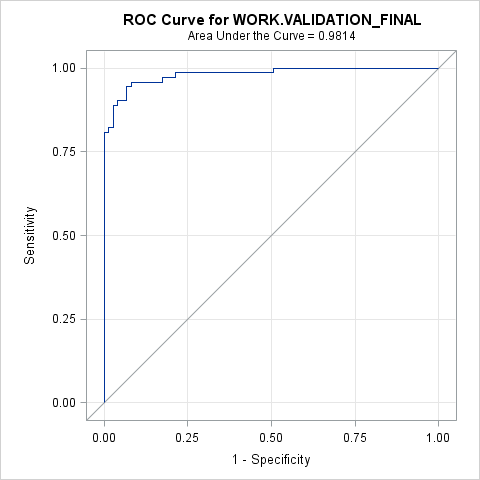Session Information
Date: Monday, November 14, 2016
Title: Spondylarthropathies Psoriatic Arthritis – Pathogenesis, Etiology - Poster I
Session Type: ACR Poster Session B
Session Time: 9:00AM-11:00AM
Background/Purpose:
It is often difficult to differentiate psoriatic arthritis (PsA) from osteoarthritis (OA) in clinical practice. To aid clinical diagnosis, we aimed to identify soluble biomarkers that differentiate PsA from OA.Methods:
Serum samples from 201 patients with OA (mean age 65 years, 43.3% males, no history of inflammatory disease), 77 patients with PsA satisfying CASPAR criteria (mean age 45 years, 54.5 % males) and 76 healthy controls (mean age 37 years, 50% males) were obtained from the respective biobanks of the Arthritis Program. Samples were obtained at the time of joint replacement surgery (OA) or at the time of clinical assessment (PsA, healthy controls), and stored at -80°C until laboratory assays were conducted. Soluble markers of cartilage metabolism (COMP, hyaluronan), metabolic syndrome (adiponectin, adipsin, resistin, HGF, insulin, leptin) and inflammation/immune response (CRP, IL-1b, -6, -8, TNF-α, MCP-1, NGF) were assayed in the samples using Luminex multiplex assay. Marker levels in serum were compared across the 3 groups using the Kruskal-Wallis test. Pair-wise comparisons were made with Wilcoxon rank sum test. To identify markers that differentiate PsA from OA, multivariate logistic regression analyses with backward elimination, adjusted for age and sex, were constructed using markers determined to be significant at a p≤0.1 from univariate analyses. Discriminative ability was assessed by way of receiver operating characteristic (ROC) curves based on findings from multivariate models. The final model was further validated in an independent set of 73 PsA and 75 OA samples using predicted probabilities estimated using coefficients from the model developed on the training set.Results:
Univariate analyses revealed the following markers significantly differed across groups (p<0.001): COMP, hyaluronan; resistin, HGF, insulin, leptin; CRP, IL -6, -8, TNF-α, MCP-1, NGF. When comparing PsA to OA controlling for age and sex, the following markers significantly differed (p<0.001): COMP ; resistin, HGF, insulin; IL-6, -8, TNF-α, MCP-1, NGF; and Adipsin (p<0.03). Multivariate analysis demonstrated that COMP (OR 1.24, 95% CI 1.06, 1.46), resistin (OR 1.26, 95% CI 1.07, 1.48), MCP-1 (OR 1.28, 95% CI 1.01, 1.48) and NGF (OR <0.001, 95% CI <0.001, 0.25) were independently associated with PsA vs. OA. The area under the ROC curve (AUROC) for this model was 0.99. Internal cross-validation of the model consistently identified MCP-1 as a PsA marker. Further validation of the model including COMP, resistin, MCP-1 and NGF in an independent sample set showed an AUROC of 0.98 (Figure).Conclusion:
A panel of 4 biomarkers (COMP, resistin, MCP-1, NGF) may distinguish PsA from OA. Clinical utility of these markers will need to be determined in prospective studies.
Disclosure: V. Chandran, None; A. V. Perruccio, None; S. Li, None; F. Abji, None; R. Gandhi, None; D. D. Gladman, AbbVie, Amgen, BMS, Celgene Corporation, Janssen, Novartis, Pfizer, UCB, 2,AbbVie, Amgen, BMS, Celgene Corporation, Janssen, Novartis, Pfizer, UCB, 5.
To cite this abstract in AMA style:
Chandran V, Perruccio AV, Li S, Abji F, Gandhi R, Gladman DD. Soluble Biomarkers May Differentiate Psoriatic Arthritis from Osteoarthritis [abstract]. Arthritis Rheumatol. 2016; 68 (suppl 10). https://acrabstracts.org/abstract/soluble-biomarkers-may-differentiate-psoriatic-arthritis-from-osteoarthritis/. Accessed .« Back to 2016 ACR/ARHP Annual Meeting
ACR Meeting Abstracts - https://acrabstracts.org/abstract/soluble-biomarkers-may-differentiate-psoriatic-arthritis-from-osteoarthritis/


